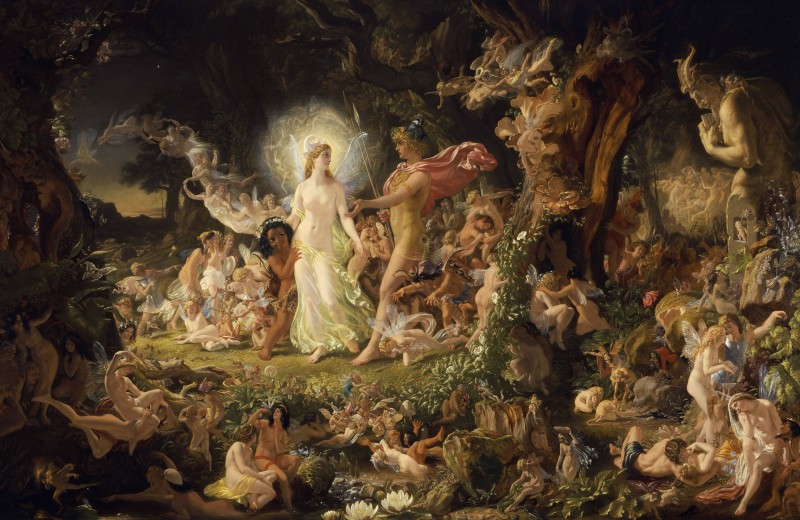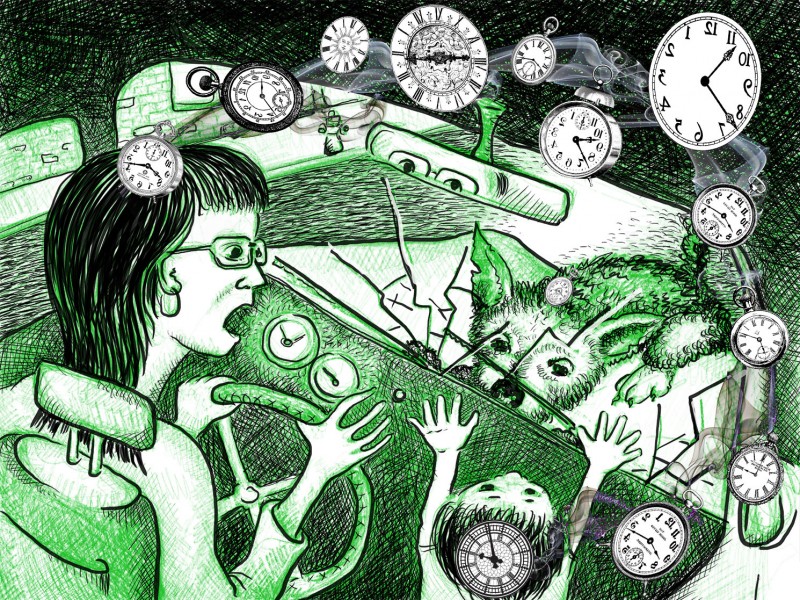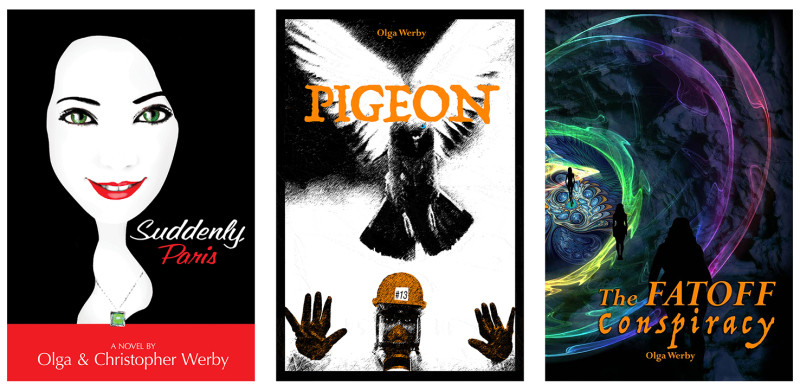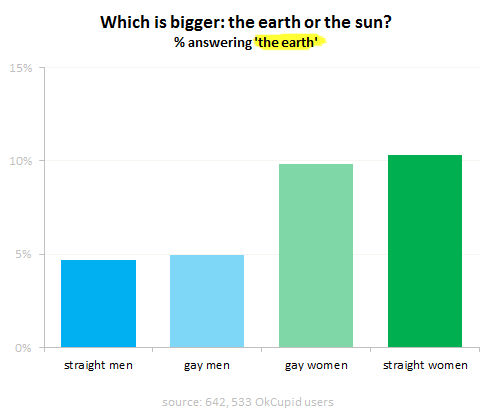Vance, A., (2010). “3-D Printing Spurs a Manufacturing Revolution.“ New York Times Online. Retrieved on October 6, 2010: http://www.nytimes.com/2010/09/14/technology/14print.html Summary: Vance highlights the remarkable impact and wide application 3-D printing has on a wide range of traditional and non-traditional manufacturing industries. While traditional printers print on one dimensional paper, 3-D printers create a 3-dimensional physical object, usually from plastic or metal, by stacking layers one on top of another. The application of 3-D printers spans a wide variety of applications: from custom made prosthetic casings to building houses, and literally anything in-between. It may very well hold the promise of a game-changing technology for the US manufacturing industry in that the cheap labor may no longer be the “be-all” important factor it is today. User Groups While the application of technology in design and manufacturing hardly is a new phenomenon, the scale, ease of use and its wide application do provide something of a paradigm shift in a cross-section of manufacturing industries. In tomorrow’s 3-D printing world, yesteryears chasm between conceptual design and manufacturing is a non-existing obstacle. In this new 3-D printing world the virtual product concept conceived by the product creator and the material manifestation of her/his creation…
There's a word for that?
A Dictionary of Cool Words That Hide True Feelings & Meanings from Parents Many of the strange vocabulary words, that…
Read more →







